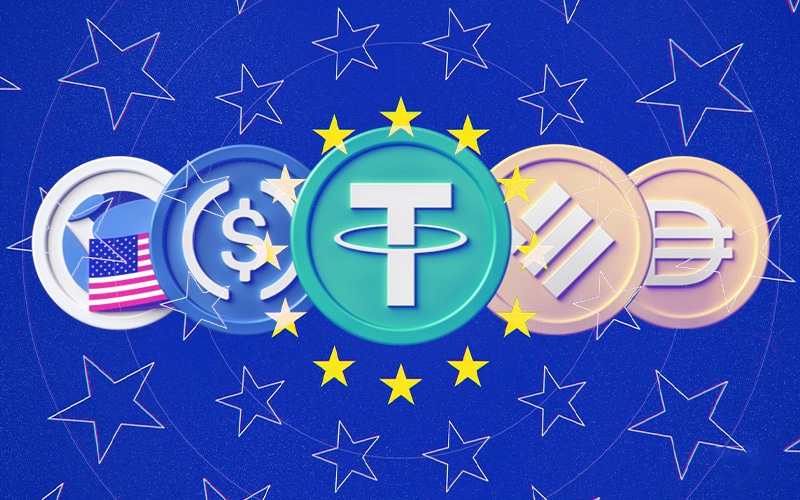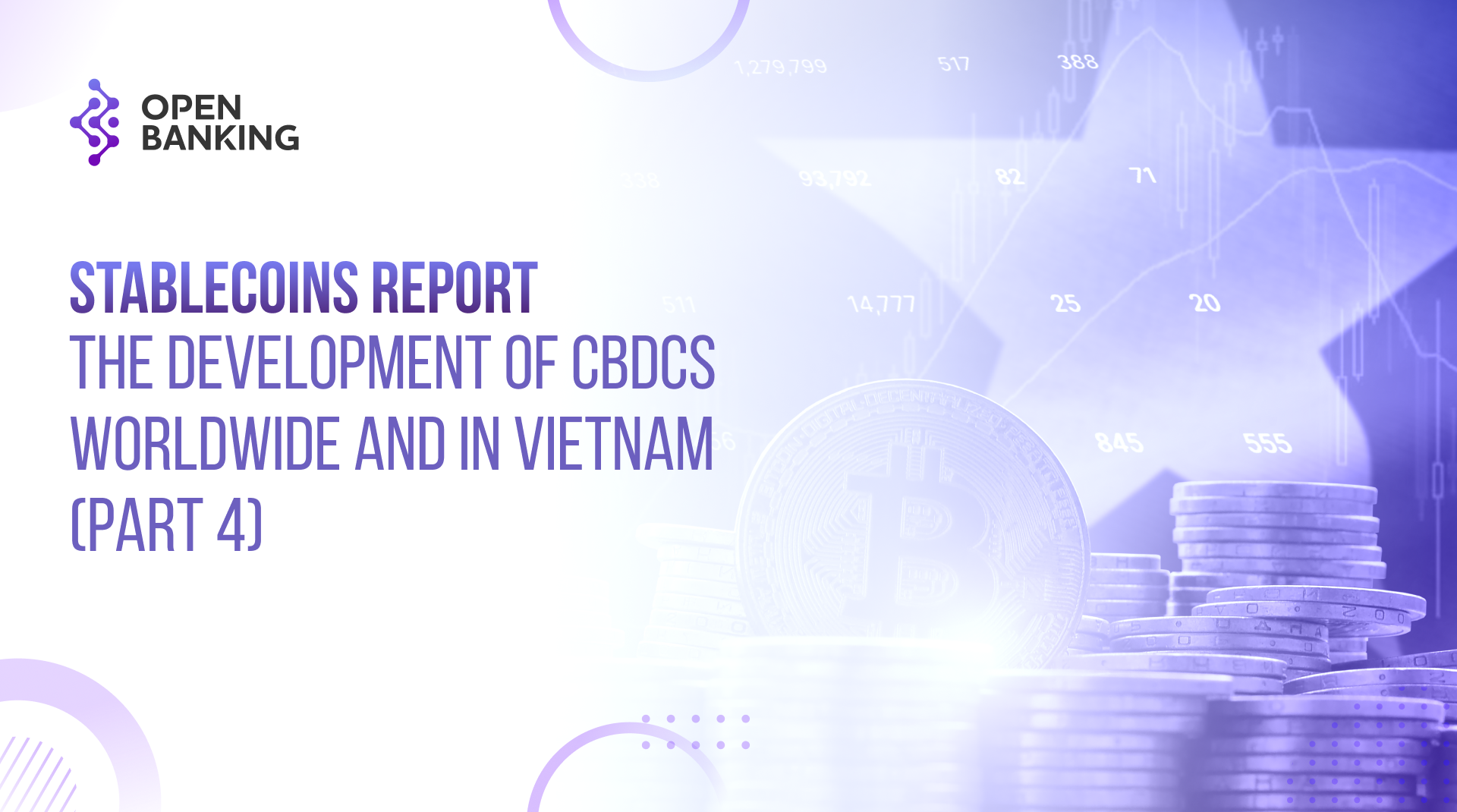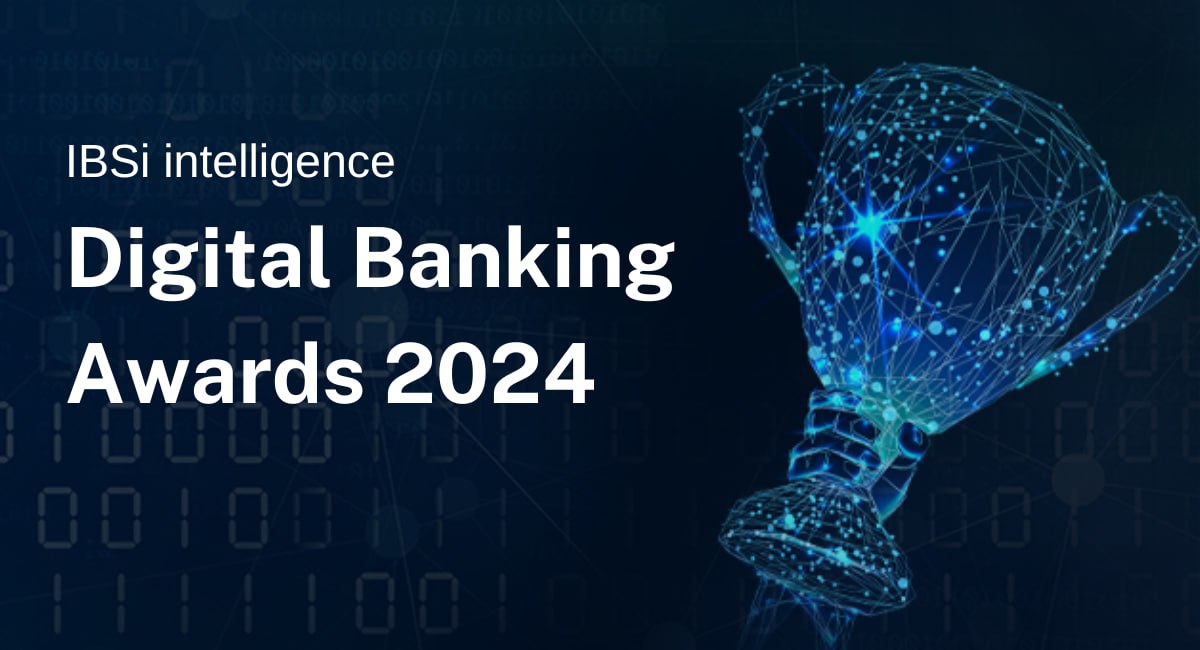Stablecoins have emerged to reshape the way people transact, ushering in an era of digital finance that is fast and flexible. Alongside these benefits come risks and challenges that individuals and institutions alike must navigate—prompting countries around the world to quickly establish and refine legal frameworks to manage and develop this domain.
Risks and Challenges of Stablecoins
Despite their advantages, stablecoins carry significant risks and challenges for both users and the broader financial system.
De-pegging and depreciation risks
Although designed to maintain stability, stablecoins can lose their peg to reference values under certain conditions. This could be due to user panic and mass sell-offs, falling value of reserve assets (for crypto-backed types), or failure of operational algorithms (for algorithmic types).
A notable example is the collapse of TerraUSD (UST) in May 2022. UST, an algorithmic stablecoin pegged to the USD via a mint/burn mechanism using the LUNA token, once reached a market cap of $18 billion. When confidence wavered, UST quickly lost its peg and crashed to nearly zero—causing tens of billions of dollars in investor losses. The “death spiral” not only destroyed UST/LUNA but also triggered a domino effect that led to the collapse of related funds and projects.
Other stablecoins have also experienced de-pegging: Iron Finance’s IRON lost its value in 2021, USDT has temporarily dropped to $0.95 during market panic, and USDC fell to ~$0.88 in March 2023 due to reserve concerns before recovering.
These incidents show that stablecoins are not “absolutely stable”—if reserve mechanisms are weak or unexpected events occur, stablecoins may crash in value, potentially resulting in total losses for investors.
Risks in transparency and reserve assets
For centralized (fiat-backed) stablecoins, trust in the issuer and reserves is paramount. A lack of transparency or failure to prove adequate reserves raises doubts.
Tether (USDT) exemplifies this. For years, Tether faced criticism for not publishing independent audits, leading to concerns that USDT might not be fully backed by USD. Though Tether has since improved transparency (quarterly reserve reports) and claimed to hold ~$72.5 billion in U.S. Treasury bonds (as of Q2 2023), skepticism persists until a full audit is released.
The quality of reserve assets is another issue: if reserves are invested in high-risk instruments (e.g., long-term bonds, low-quality commercial paper), market volatility can devalue reserves, threatening 1:1 redemption. Even reputable stablecoins like USDC were affected when ~$3.3 billion in reserves held at Silicon Valley Bank were frozen during its collapse—causing USDC to temporarily de-peg to ~$0.9.
These cases highlight the necessity of high-quality, liquid reserves (cash or T-bills) to prevent systemic risk. As one expert said: “To avoid systemic risk, stablecoin reserves must be extremely safe and liquid.”
Major events related to Stablecoins (2022–2023):
- TerraUSD/LUNA Collapse: Undermined trust in algorithmic stablecoins, leading many projects to shift toward full collateralization (e.g., FRAX, Neutrino USD lost peg).
- FTX Crash (11/2022): Triggered by Terra’s collapse, FTX’s bankruptcy decreased stablecoin usage on centralized exchanges.
- BUSD (Binance USD): Ordered by the New York Department of Financial Services (NYDFS) in Feb 2023 to halt new issuance over potential securities violations, shrinking its market cap from $16B to under $3B.
- USDC (3/2023): Brief de-peg due to SVB exposure but quickly recovered due to transparent communications.
Overall, the stablecoin market has undergone a “trust test”—well-reserved and transparent projects (like USDC) remained resilient, while weak or opaque ones were eliminated.
Risks to the traditional financial system
The rapid growth of stablecoins has raised concerns among regulators about systemic impacts. Large stablecoins like USDT and USDC hold massive reserves—Tether’s ~$72B in U.S. Treasuries is equivalent to a mid-sized bank or a major money market fund.
A sudden stablecoin redemption wave (bank-run scenario) could force issuers to liquidate reserves, impacting money markets and traditional banking. Experts liken this to a looming “bank-run ghost” in crypto—without control, a widespread redemption event could destabilize both crypto and broader financial markets.
Moreover, as private money issued outside central banks, stablecoins could divert deposits from commercial banks, weakening monetary policy tools and reducing banks’ lending capacity.
A New York Fed report compares stablecoins to money market funds (MMFs): both aim to maintain a $1 value, but while MMFs are tightly regulated, stablecoins are not—posing potentially higher risks. There’s also concern that stablecoins may circumvent capital controls and AML/CFT regulations, allowing “hot money” to flow across borders unchecked.
These concerns explain why regulators are on high alert and are pushing for stronger supervision frameworks to prevent systemic risks.
In short, stablecoins are not risk-free. Users must understand each stablecoin’s mechanisms and credibility. Regulators must balance risk control (reserves, transparency, crime prevention) with innovation, as stablecoins can also benefit digital finance if properly managed.
Legal landscape for Stablecoins in various countries
Stablecoins straddle the line between currency and digital assets, prompting governments to explore legal frameworks. While approaches differ by country, the trend is toward increased oversight, ensuring reserves and reducing systemic risks.
United States
The U.S. has no unified federal law for stablecoins, resulting in fragmented regulation. The SEC considers some stablecoins securities, while the CFTC focuses on commodity-linked stablecoins (e.g., gold-backed).
In 2021, the President’s Working Group on Financial Markets recommended regulating stablecoins like bank deposits. By 2023, draft federal legislation emerged (from the House Financial Services Committee) to set reserve and oversight requirements, but has not passed yet.
Meanwhile, some states have acted:
- New York requires 1:1 reserves and monthly disclosures (e.g., Paxos issuing BUSD, USDP under NYDFS oversight). In Feb 2023, NYDFS ordered Paxos to halt new BUSD issuance, showing how states can intervene.
- The Fed mandates pre-approval for member banks engaging in stablecoin activities.
- Issuers like Circle (USDC) voluntarily adhere to high standards (safe reserves, audits) and lobby for clear federal regulation.
European Union (EU)

The EU is a pioneer in digital asset regulation via the MiCA (Markets in Crypto-Assets) framework, adopted in 2023 and effective from 2024.
MiCA categorizes stablecoins as:
- Asset-referenced tokens (ARTs): Pegged to asset baskets
- E-money tokens (EMTs): Pegged to a single fiat currency
Requirements include:
- Licensing and registration of issuers
- 1:1 reserve backing, segregated and safe assets
- Redemption rights at any time
- Transparent periodic reporting
- Risk management protocols
Oversight is shared between national regulators, ESMA (European Securities and Markets Authority), and the ECB for large stablecoins.
MiCA limits the scale of non-euro stablecoins—if daily transactions exceed €200 million, usage may be restricted, preventing dominance by USD-backed coins. The EU aims to stabilize the stablecoin market and protect the euro.
Major issuers like Circle are preparing to register under MiCA to continue operations in Europe.
Singapore
Singapore adopts a proactive, conditional approach to stablecoins.
In 2022, the Monetary Authority of Singapore (MAS) stated that digital asset innovation is welcome—but not crypto speculation. Stablecoins, if well-regulated, could serve alongside CBDCs and tokenized bank deposits.
In Aug 2023, MAS issued a regulatory framework for single-currency stablecoins (SCS) pegged to SGD or G10 currencies, issued in Singapore. Requirements include:
- 1:1 value stability with reserves in cash or safe assets
- Minimum capital and liquidity buffers
- Redemption within ≤5 business days
- Transparent disclosures (price mechanisms, user rights, audit reports)
Three entities (including Paxos and Circle via StraitsX) have received in-principle approval to issue compliant stablecoins—Singapore’s regulatory “sandbox” encourages innovation while ensuring safety.
China
China takes a strict stance on cryptocurrencies, including stablecoins. It has banned crypto trading, mining, and ICOs (2017–2021). Privately-issued stablecoins are tightly controlled, due to fears of USD-backed coins affecting monetary sovereignty and capital controls.
Instead, China is developing its Digital Yuan (e-CNY) and limits foreign stablecoins domestically. While no explicit stablecoin law exists, the general crypto ban implies that coins like USDT are not legally protected, and holding/trading them may be considered illegal.
China also actively participates in international forums (FSB, G20), advocating for tight global stablecoin regulation to prevent financial risks.
Other countries
Several countries are tailoring stablecoin policies to national conditions:
- Japan passed a 2022 law defining stablecoins as crypto assets linked to fiat, requiring licensed institutions (banks, trusts) to issue and redeem them.
- UK plans to amend e-payment laws to recognize stablecoins as legal payment methods and assign oversight of systemic stablecoins to the Bank of England.
- Switzerland and UAE allow stablecoins under strict large-scale asset regulation.
- After the Terra collapse, many governments recognized the wide-reaching impact of stablecoins and are closing legal gaps. In 2023, the Financial Stability Board (FSB) issued global stablecoin recommendations for better reserve and risk governance.

Stablecoins in Vietnam
As of now, Vietnam has no specific legal framework for stablecoins. They are treated as a subset of cryptocurrencies.
Under current laws, cryptocurrencies are not recognized as legal payment methods—the State Bank of Vietnam (SBV) has repeatedly stated that issuing or using cryptocurrencies (including stablecoins) as payment violates the law.
Thus, stablecoins are not permitted for circulation as currency in Vietnam. While individuals may trade or hold them on international exchanges, there’s no legal recognition or investor protection in place.
However, Vietnam is cautiously exploring digital assets. In 2022, the Prime Minister tasked SBV with researching a national Central Bank Digital Currency (CBDC). Ministries are studying virtual asset regulation.
Notably, in March 2025, SBV leadership announced a pilot program for a digital asset exchange, with commercial banks involved to protect consumers and help maintain stablecoin price stability. This suggests Vietnam may allow controlled stablecoin usage under regulatory oversight.
While details remain limited, this reflects a more open, regulated approach. Vietnam is also highly concerned about crypto-related scams and money laundering—any future legal framework for stablecoins will likely include strict KYC/AML rules, transaction transparency, and capital flow controls.
In conclusion, Vietnam has not yet formally recognized stablecoins, but is closely monitoring international trends and cautiously considering its first steps toward safe digital currency integration.
See more:
[Stablecoins Report] What are Stablecoins? Popular Stablecoins Today (Part 1)
[Stablecoins Report] Stablecoins and CBDCs: Definitions and Objectives (Part 2)








